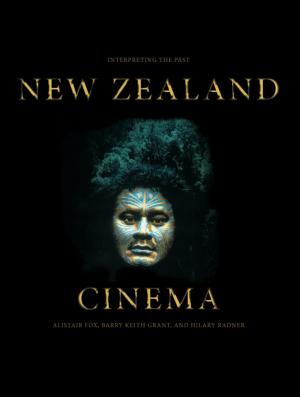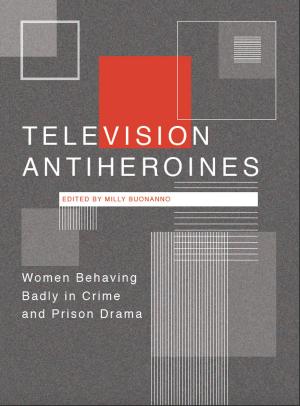The Anarchist Cinema
Nonfiction, Entertainment, Film, Direction & Production, Performing Arts, Art & Architecture, General Art, Art Technique| Author: | James Newton | ISBN: | 9781789380057 |
| Publisher: | Intellect Books Ltd | Publication: | March 1, 2019 |
| Imprint: | Intellect | Language: | English |
| Author: | James Newton |
| ISBN: | 9781789380057 |
| Publisher: | Intellect Books Ltd |
| Publication: | March 1, 2019 |
| Imprint: | Intellect |
| Language: | English |
The Anarchist Cinema examines the complex relationships that exist between anarchist theory and film. It identifies subversive undercurrents in cinema, and uses anarchist political theory as an interpretive framework to analyse filmmakers, genres and the notion of cinema as an anarchic space. The book focuses on three key areas. Firstly, it considers the notion that cinema is an inherently subversive space, based around fears of unruly (predominantly working class) audiences. Secondly, it establishes criteria for an 'anarchist' film by looking at a range of characteristics that express anarchist philosophy featured in a number of popular movies. In doing so, it demonstrates that the 'anarchic' in film is not hidden in obscure corners of cinematic culture, and instead is a theme that has traversed arthouse, popular and underground films. Thirdly, the book examines the place of underground and DIY filmmaking within the wider context of anarchist cinema.
The Anarchist Cinema examines the complex relationships that exist between anarchist theory and film. It identifies subversive undercurrents in cinema, and uses anarchist political theory as an interpretive framework to analyse filmmakers, genres and the notion of cinema as an anarchic space. The book focuses on three key areas. Firstly, it considers the notion that cinema is an inherently subversive space, based around fears of unruly (predominantly working class) audiences. Secondly, it establishes criteria for an 'anarchist' film by looking at a range of characteristics that express anarchist philosophy featured in a number of popular movies. In doing so, it demonstrates that the 'anarchic' in film is not hidden in obscure corners of cinematic culture, and instead is a theme that has traversed arthouse, popular and underground films. Thirdly, the book examines the place of underground and DIY filmmaking within the wider context of anarchist cinema.















